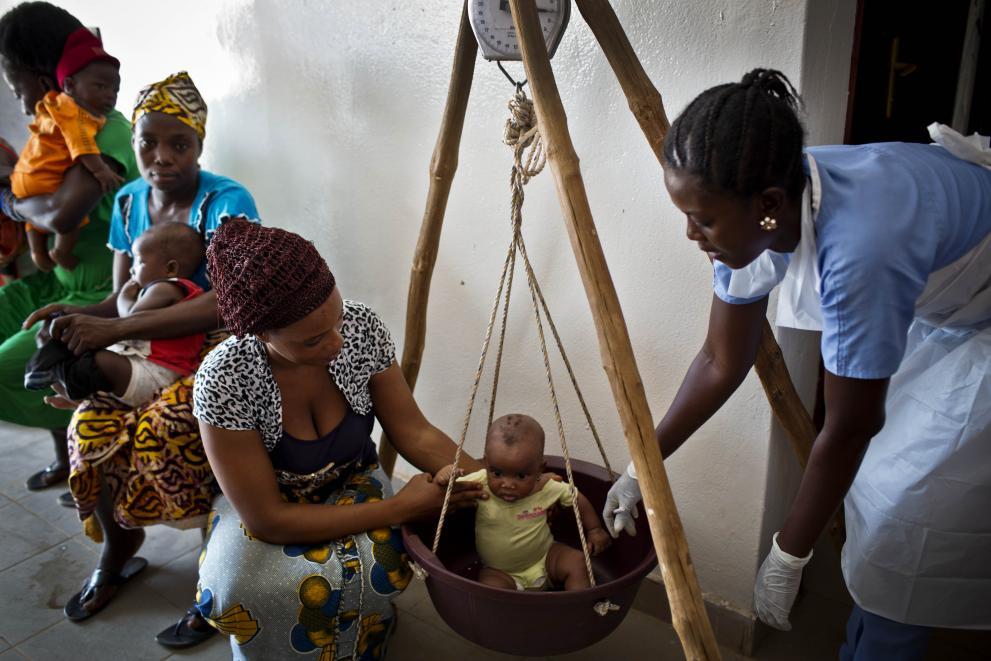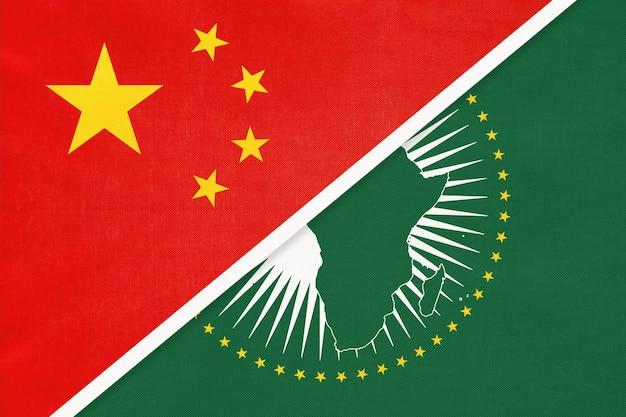Introduction
Primary healthcare (PHC) is the foundation of any resilient health system. It is the first point of contact for individuals, families, and communities with the healthcare system—providing accessible, continuous, and community-based care. For Africa, where the burden of disease remains disproportionately high and where health resources are often stretched thin, a robust PHC system is not merely desirable; it is essential.
Despite repeated declarations—from the Alma-Ata Declaration in 1978 to the Astana Declaration in 2018—Africa’s primary healthcare systems remain underdeveloped in many regions. Health services at the community level are often fragmented, under-resourced, and unable to respond effectively to both routine and emerging health challenges. Yet, there is renewed momentum across the continent, driven by innovations, policy shifts, and global support, to strengthen PHC as the cornerstone of universal health coverage (UHC). This article explores the complex landscape of PHC in Africa, examining its current state, the major barriers to improvement, and the practical pathways to building stronger, more equitable systems of care.
The State of Primary Healthcare in Africa
Africa’s PHC systems vary widely in capacity, performance, and reach. In some countries, such as Rwanda and Ghana, strategic investments in PHC infrastructure, community health workers, and financing reforms have led to measurable improvements in health outcomes. In others, particularly fragile or post-conflict states, PHC remains fragmented and dependent on international donors or vertical disease programs that prioritize HIV, TB, and malaria.
The continent continues to bear a high burden of both communicable and non-communicable diseases (NCDs). Maternal and child mortality rates, although improving, are still unacceptably high. Inadequate PHC systems exacerbate these issues, as they are often the first—and sometimes only—source of care for rural and underserved populations. Clinics may lack essential medicines, trained personnel, or even basic infrastructure such as clean water or electricity.
The COVID-19 pandemic further exposed the fragility of many PHC systems. While some countries successfully leveraged PHC for contact tracing, health education, and vaccine delivery, others struggled due to chronic underinvestment. However, the pandemic also acted as a wake-up call, prompting renewed discussions on PHC resilience, digital integration, and local manufacturing.
Key Challenges Undermining PHC in Africa
One of the most significant challenges is the shortage of skilled health workers. Africa bears nearly 25% of the global disease burden but has only about 3% of the world’s health workforce. Many primary facilities are run by overstretched nurses or community health workers who may lack sufficient training, supervision, or career support. In some rural areas, a single healthcare worker may be responsible for thousands of patients.
Another core challenge is the inadequacy of financing. Many African countries spend well below the recommended 5% of GDP on health. Out-of-pocket payments remain high, discouraging people from seeking care early. When funding does exist, it is often fragmented across multiple donor-driven programs, which can create parallel systems and reduce efficiency. Moreover, health financing models often fail to prioritize preventive and promotive care—key pillars of PHC.
Infrastructure gaps also persist. Many health centers operate in poor physical conditions, with unreliable electricity, limited clean water, and no internet connectivity. Essential medicines and diagnostics are frequently unavailable. Without the basic tools to diagnose and treat patients, PHC cannot fulfill its role in reducing the burden on hospitals or enabling early intervention.
Data systems are another weak point. Many PHC facilities still rely on paper records, making it difficult to track patient histories, monitor trends, or inform planning. A lack of digital integration and weak health information systems undermines decision-making at all levels, from community health workers to national ministries.
Additionally, governance and accountability mechanisms are often insufficient. Communities may have little voice in how health services are delivered or evaluated. Without strong governance, even well-designed interventions fail to reach scale or sustain impact.
Opportunities to Strengthen PHC in Africa
Despite these challenges, there is growing momentum to reimagine and revitalize PHC in Africa. One key opportunity lies in the expansion and professionalization of community health workers (CHWs). Countries like Ethiopia, Rwanda, and Liberia have demonstrated that well-trained and supported CHWs can significantly extend the reach of PHC services—especially in rural areas. Scaling these models, ensuring fair compensation, and integrating CHWs into national systems can radically improve access and equity.
Digital health tools also offer transformative potential. Mobile health (mHealth) applications, telemedicine, electronic medical records, and data dashboards are already being used across the continent to support disease surveillance, appointment scheduling, medication adherence, and health worker training. Kenya’s m-TIBA, Nigeria’s U-Report, and South Africa’s MomConnect illustrate how digital tools can support PHC service delivery at scale. If properly funded and scaled, these technologies can compensate for human resource gaps, improve efficiency, and foster accountability.
Another promising area is decentralized manufacturing and procurement. Local production of essential medicines, diagnostics, and medical supplies can improve the resilience of PHC supply chains. The African Union’s Pharmaceutical Manufacturing Plan and recent regional efforts to expand vaccine production demonstrate growing political will in this space.
Additionally, integrating PHC into broader social protection and development frameworks can generate synergies. Nutrition, education, sanitation, and early childhood development programs all intersect with PHC. Multisectoral collaboration—particularly at the local government level—can create more holistic approaches to community well-being.
Moreover, global interest in achieving Universal Health Coverage provides both political momentum and potential funding. International partners, including WHO, UNICEF, and the Global Fund, are increasingly supporting PHC initiatives. Aligning these resources with national priorities, rather than donor-specific agendas, can ensure sustainability and system-wide benefits.
Country Examples of Progress
Several African countries offer valuable examples of how PHC reform can be achieved with the right strategy and commitment. Rwanda has built a decentralized health system rooted in PHC, with strong community participation and financial protection mechanisms. Its network of CHWs has been instrumental in achieving near-universal coverage of maternal and child health services.
Ghana’s National Health Insurance Scheme has made PHC more accessible by reducing out-of-pocket costs, though challenges remain in funding sustainability and provider payments. South Africa has embarked on an ambitious National Health Insurance (NHI) reform aimed at strengthening PHC and reducing health inequalities, though implementation remains contested and complex.
In Kenya, the rollout of Universal Health Coverage pilots has emphasized PHC revitalization, including improved staffing, digitization, and community outreach. These efforts are supported by constitutional provisions for health as a basic right and strong county-level governance structures.
The Way Forward: A Blueprint for Action
To strengthen PHC systems in Africa, countries need to adopt comprehensive, context-specific strategies with a long-term vision. This begins with political commitment at the highest level—backed by concrete investments, measurable targets, and inclusive governance.
Health workforce development must be a central pillar. This includes recruiting, training, and retaining PHC professionals; investing in continuous professional development; and improving working conditions and incentives, especially in underserved areas.
Financing reforms should shift focus from disease-specific programs to integrated PHC models. Domestic resource mobilization, risk pooling, and strategic purchasing can enhance both access and efficiency. Governments must also ensure that funding flows to the frontline, not just central administration.
Infrastructure and supply chains must be modernized. This means building or upgrading facilities, ensuring consistent power and water, and strengthening procurement systems for medicines and diagnostics. Investment in digital tools should focus on interoperability, sustainability, and user training.
Finally, PHC systems must be community-centered. This includes fostering local health committees, participatory planning, culturally sensitive services, and mechanisms for feedback and redress. Only when communities see PHC as their own will these systems be truly resilient and responsive.
Conclusion
Primary healthcare is not merely a health intervention—it is a social contract. It reflects the extent to which societies prioritize the dignity, well-being, and rights of their people. For Africa, strengthening PHC is the most direct and equitable path to universal health coverage, resilient health systems, and improved development outcomes.
The challenges are substantial, but so too are the opportunities. With political will, strategic investment, community partnership, and innovation, Africa can build PHC systems that deliver not only health, but hope, dignity, and justice for generations to come.



